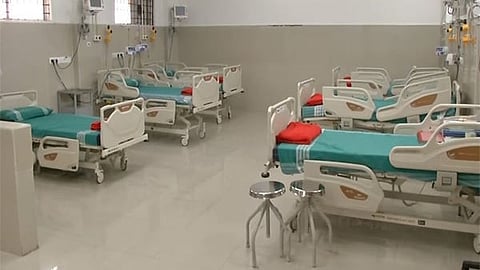

According to a recent India Today report, India faces a contradiction in its medical education sector; while the country has successfully increased MBBS seats by 39% since 2020, thousands of these positions remain vacant each academic year.
The data that Minister of State for Health, Anupriya Patel, presented in the Parliament today, August 1, reveals that as many as 2,849 undergraduate medical seats went unfilled. This represents a significant educational resource going unutilised in a country like India which desperately needs more doctors.
The vacancy crisis was stark in 2022-23 when 4,146 seats (excluding premier institutions AIIMS and JIPMER) remained unclaimed. While the numbers have since declined, the persistent gap between available seats and actual admissions is worrisome.
The expansion has been led by states including Uttar Pradesh, Tamil Nadu, Karnataka, Maharashtra, and Gujarat. Uttar Pradesh saw its medical seat capacity surge from 7,428 to 12,325, while Tamil Nadu's allocation grew from 8,000 to 12,000 seats.
Infrastructure push continues
The government's ambitious medical education expansion includes establishing new medical colleges in underserved regions through centrally sponsored schemes. Of 157 newly approved institutions, 131 are already operational.
The National Medical Commission's 2023 introduction of the Minimum Standard Requirement Regulations have established benchmarks for infrastructure, faculty, and clinical facilities, ensuring quality standards are maintained alongside growth in quantity.
Apart from the new institutions, existing state and central medical colleges are being upgraded to accommodate higher MBBS and postgraduate intakes, reflecting the government's objective of meeting India's healthcare workforce demands while ensuring optimal utilisation of available resources.
